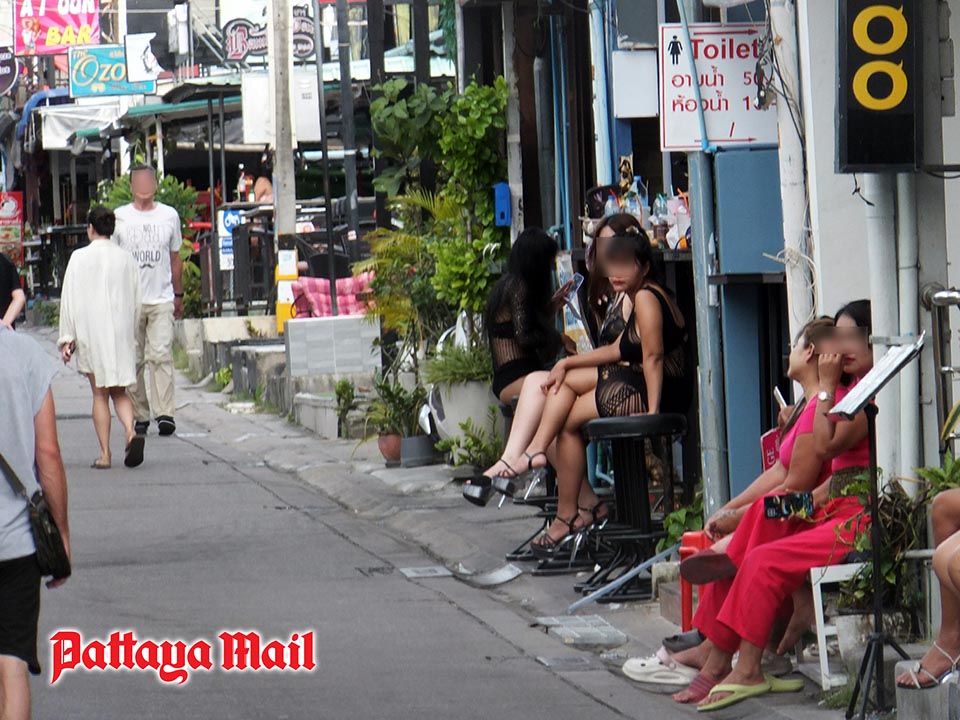Thailand’s tourism reality revealed when policy meets public criticism in Pattaya and Phuket
Thailand’s 2026 tourism plan emphasizes quality and sustainability, but skepticism lingers in Pattaya and Phuket as businesses await Chinese group tourists to revive local revenue. (Photo by Jetsada Homklin)
PATTAYA, Thailand – The Tourism Authority of Thailand (TAT) has unveiled its ambitious Action Plan 2026, pledging a future of “value over volume” and “meaningful experiences” for tourists. But while the glossy PowerPoint promises and strategic buzzwords may please policymakers in Bangkok, a very different narrative plays out daily on the ground — especially in tourist-dependent hubs like Pattaya and Phuket.
Here, where bar owners speak more Mandarin and Russian than Thai, and street vendors can count the low season’s sales on one hand, the idea of “quality over quantity” sounds less like strategy and more like a polite excuse for stagnation.
As one Western retiree sitting in a quiet Jomtien café put it, “When you can’t create volume, you just say your plan is not to create volume. Brilliant.” His sarcasm echoes online sentiment, where expats, tourists, and even some locals view these strategies as vague wish-lists filled with corporate catchphrases but short on real action.
To be fair, the Thai government is not entirely idle. In a move to stimulate the inbound Chinese market, TAT recently partnered with Beijing Eagle Fly Aviation Service to launch charter flights between Changsha and Bangkok. The Airbus A320 flights, operating four times a week, had an 87% load factor on their inaugural journey — a sign, TAT insists, that confidence is returning.
But as those flights land in Suvarnabhumi, it’s Pattaya’s beachfront businesses that are holding their breath. Tour buses are lined up, jet skis idle, and vendors hawking fresh coconuts peer hopefully at the horizon.
“Pattaya has always been adaptable,” said a beach hotel owner. “But we don’t survive on digital strategies. We survive when Chinese families fill up beach benches, hire jet skis, and eat at our night markets.”
Under Action Plan 2026, TAT Governor Thapanee Kiatphaibool laid out five strategic pillars: Fascinating Experiences, Optimistic Thailand, Circular Economy, Ultimate People, and Satisfying Customer. It all sounds good — on paper. But on forums and comment threads, skepticism is rising.
“I see only phrases, not one exact measure,” wrote one commenter. “Looks like a wish list for Christmas.”
Others are more direct: “The clown show goes on.”
The term “Satisfying Customer” especially raised eyebrows, given persistent complaints about dual pricing at national parks. “I was not satisfied,” one expat wrote, “paying 300 baht while Thai-looking Chinese tourists got in for 40.”
While defenders argue that pricing reflects different levels of national income and supports domestic tourism, the inconsistency and selective enforcement continue to erode trust. As one long-term resident put it, “It’s not racism — it’s randomness.”
Among the many sharp-edged insights was a clear cry for authenticity: Don’t try to be Singapore or Japan or Dubai. Be Thailand.
That means focusing less on high-end shopping malls and more on what actually draws people: local life, honest street food, and simple beachside bungalows.
“Most people in the world would be happy to get a cheap bungalow by the sea and eat khao pad at a market,” one comment read. “They don’t need another luxury mall with empty stores.”
Another sticking point is immigration — not policy headlines, but lived experience. Visa runs, agency fees, and changing rules have created confusion and resentment.
“There’s an official rule that you can do a visa run twice a year,” said one expat. “But without an agency you can’t go. Immigration is in on it.”
Others called out scams, inconsistencies, and the apparent lack of alignment between tourism and immigration policies — a strange contradiction in a country so dependent on foreign arrivals.
Critically, some argue that Thailand’s tourism economy — especially in Pattaya and Phuket — is still powered less by temples or ecotourism, and more by nightlife. Bars, clubs, massage shops, and entertainment venues remain the backbone of daily cashflow in many areas, even if they rarely make the brochures.
“Thailand is the land of smiles,” one person joked, “but it’s also the land of plastic surgery and neon lights. Let’s not pretend.”
Thailand’s attempt to pivot toward sustainability, experience-driven travel, and high-spending tourists is admirable. But for many on the ground — locals, expats, and repeat tourists — the policy still feels like a reality show that hasn’t quite figured out its script.
There’s optimism, yes. But also confusion, contradictions, and growing competition from Vietnam, Malaysia, and the Philippines.
Until the details match the vision, the cameras keep rolling — and Thailand’s tourism, especially in Pattaya and Phuket, remains caught between the show and the street.



